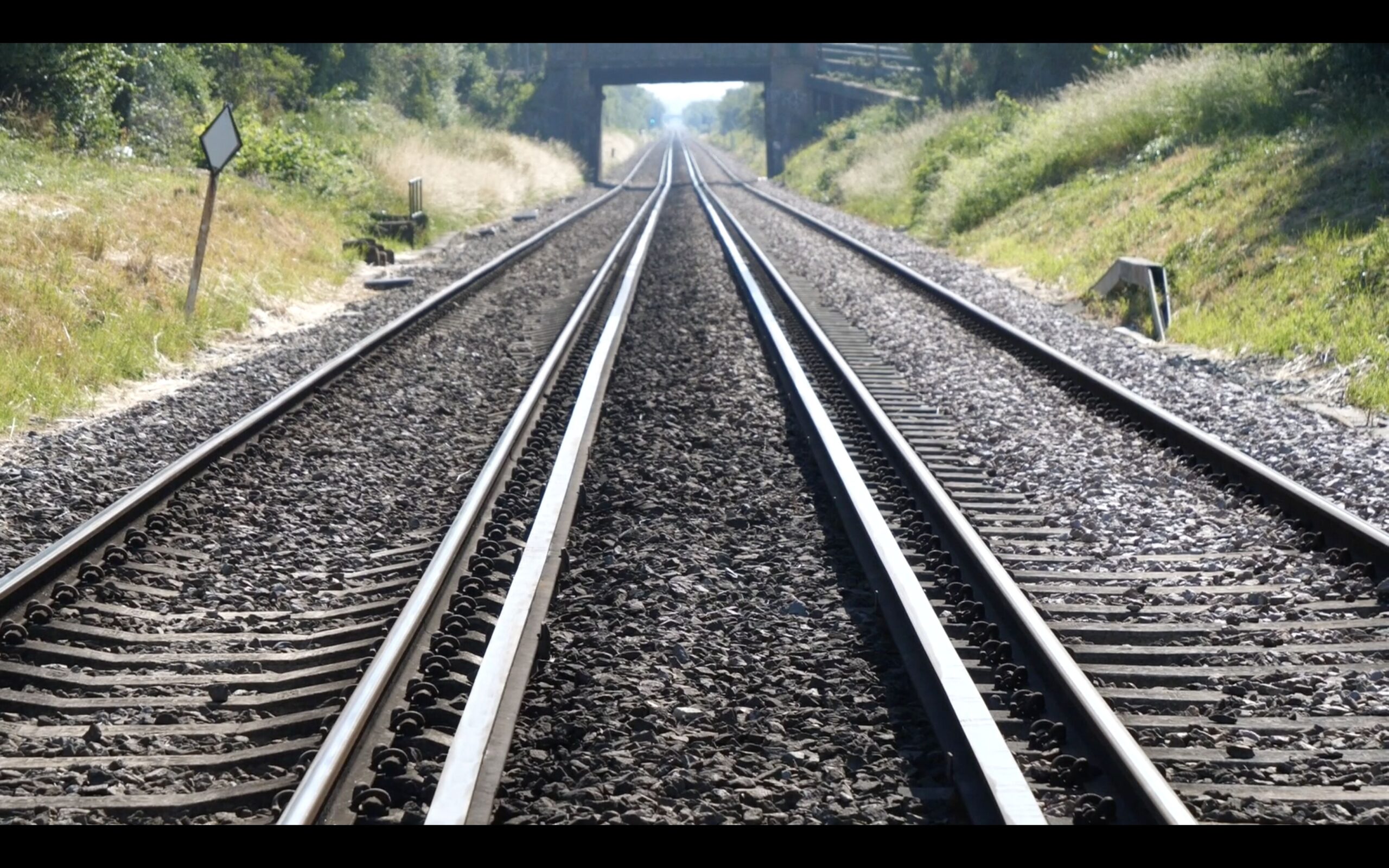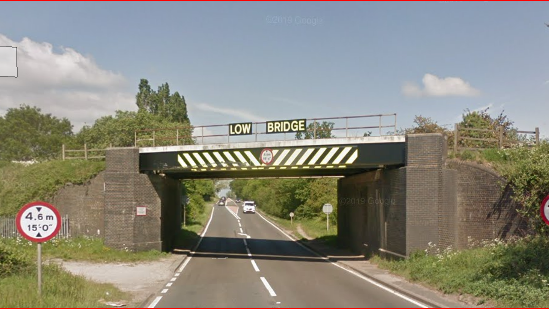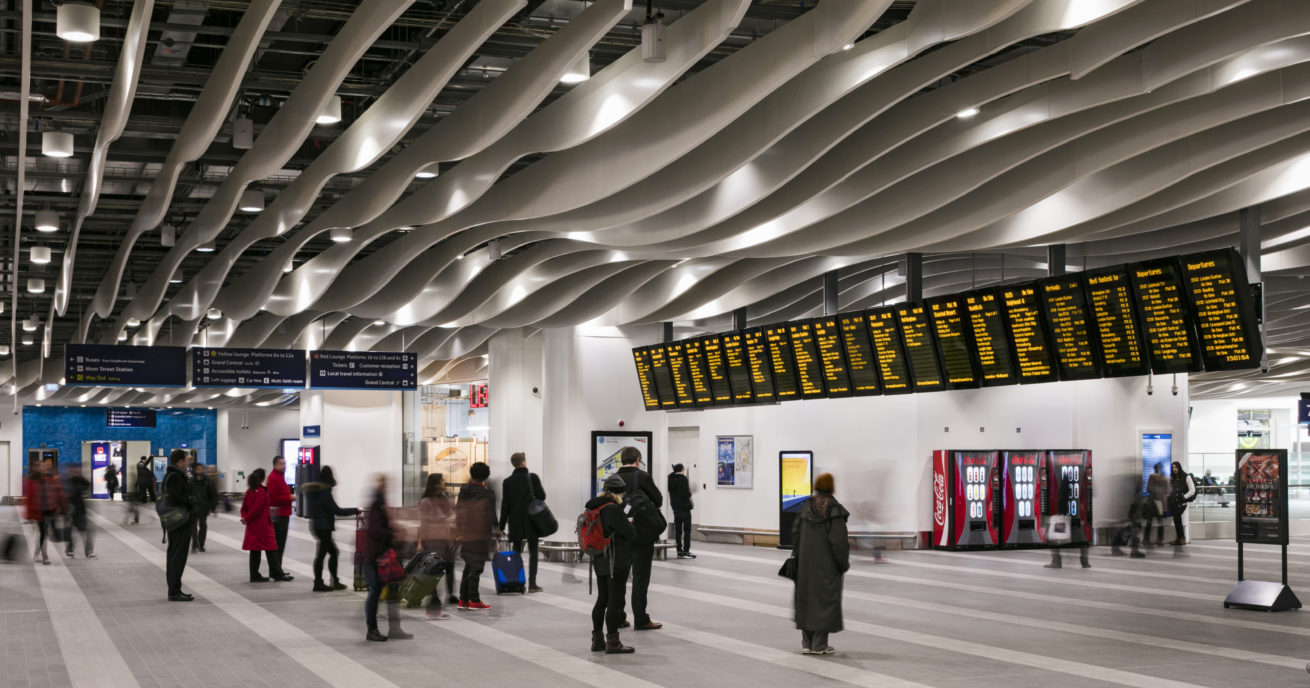Extreme heat and dry weather – like the conditions we’ve had in many parts of Britain this summer – can cause real problems for your rail journeys.
Soil moisture deficit is one of them, with soil moisture at their lowest levels since our records began in 2009.
Lots of very hot and dry weather can dry out the clay soil that much of our railway is built on, causing it to shrink. This is because trees and vegetation try to suck up any water left in the ground.
When this happens, the track becomes uneven so we need to slow trains down to keep you safe. It isn’t safe to run trains at full speed if the track moves.
In some cases, we need to introduce a reduced timetable so we can give you more certainty about rail services – and trains can run more reliably. In other cases, we may need to close sections of track.
Please check your journeys with National Rail or your train operator if your journey is affected.
What it means for your journeys
Safety is always our priority. We can only start permanent repairs once the soil stabilises so it will likely be winter before we can begin.
Where we can, we restore a level ride by lifting the track and compacting the ballast – the stones that support the track. But this is only a short-term fix until the ground stabilises, sometimes lasting just a day or two.
Once moisture returns to the track in Autumn, the tamping is much longer lasting and train services can return to running at line speed. This work is often done overnight when no services are running.
Where essential, we’ll remove trees to limit further moisture loss while taking care to minimise the environmental impact. And we’ll let our neighbours near the railway know what we’re doing and when, well before the work starts.
Thank you for bearing with us while we work hard to keep you moving safely.
Where does it typically happen?
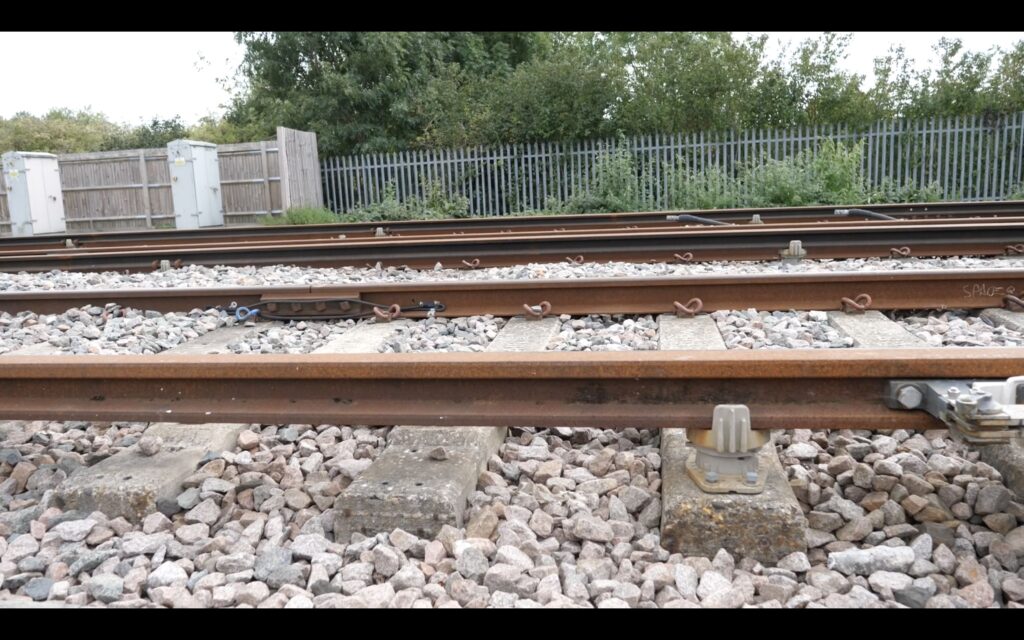
It can happen across Britain but there are different soil types across the country. So soil moisture deficit is a particular problem in Southern England, where there’s lots of clay in the ground.
The West of England line from Basingstoke to Exeter St Davids is one of the most vulnerable parts of our network. In fact, South Western Railway will run a reduced timetable on services between London Waterloo and Exeter St Davids from Monday 11 August until the end of November 2025.
The West of England Main Line is unusually badly affected because it has long stretches of single track, which means trains can’t pass each other and any delays from speed restrictions would spread disruption rapidly across the network.
Elsewhere in Southern England, the problem occurs on the c2c line, which serves East London and South Essex, and Southminster branch of the Greater Anglia area. Please check your c2c journeys planners before you travel from Monday 18 August – the timetable is being amended in response to track conditions.
It also has an impact north of Ely in Cambridgeshire where a similar situation occurs with peat.
Is soil moisture deficit happening more?
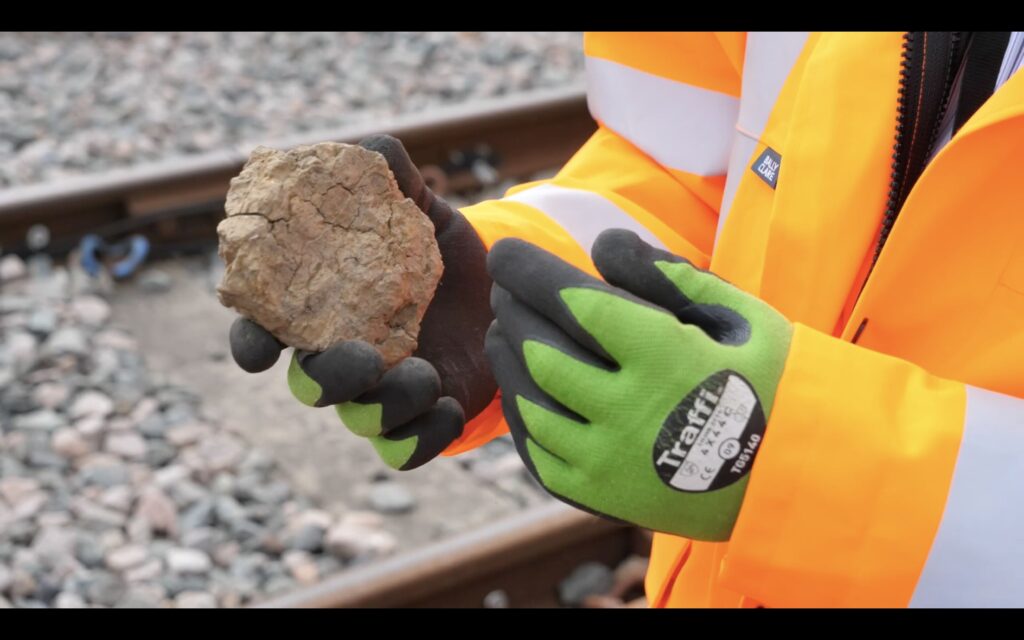
The UK has had its fifth hottest July on record, according to provisional Met Office figures.
This follows the UK’s driest spring since records began in 1836. It means this year the ground has dried out earlier than ever and is at its worst since we started keeping records in 2009.
It comes after 2022, when Britain experienced its driest July since 1935. In our Southern region, this was then the driest July since 1836.
It would need to rain for a solid three months for soil moisture deficit to not impact services this summer.
The problem with clay
Clay can absorb a lot of water when it is wet but can severely shrink when it’s dry. This means we see more track movement due to the significant ground shrinkage.
So why do tracks run on top of clay? The Victorians didn’t know much about the makeup of the soil when they built much of our railway in the 1800s.
Engineers then didn’t know how the railway would react in the dry summers we’re experiencing, which they couldn’t have predicted back then.
How we prepare
We usually know when to expect soil moisture deficit, but in extreme cases – like the ones we’re seeing now – we need to deal with it earlier and for longer.
The best defence against soil moisture deficit is preparation. We monitor moisture levels and track movement, and enhance maintenance where it may cause concern. We may need to remove trees and vegetation that are absorbing water and drying out embankments. This is the most appropriate strategy because re-engineering all our clay embankments would cost tens of billions of pounds and take decades to complete.
We’re starting to plan for the effects of soil moisture deficit at the same time as our hot weather preparation. We ensure the track is at the best possible quality before the hot weather sets in by carrying out additional maintenance in the winter and spring.
